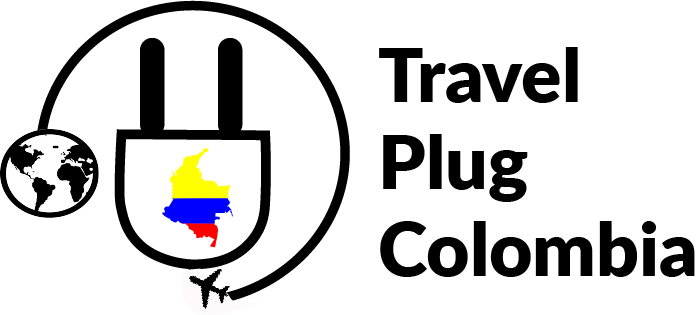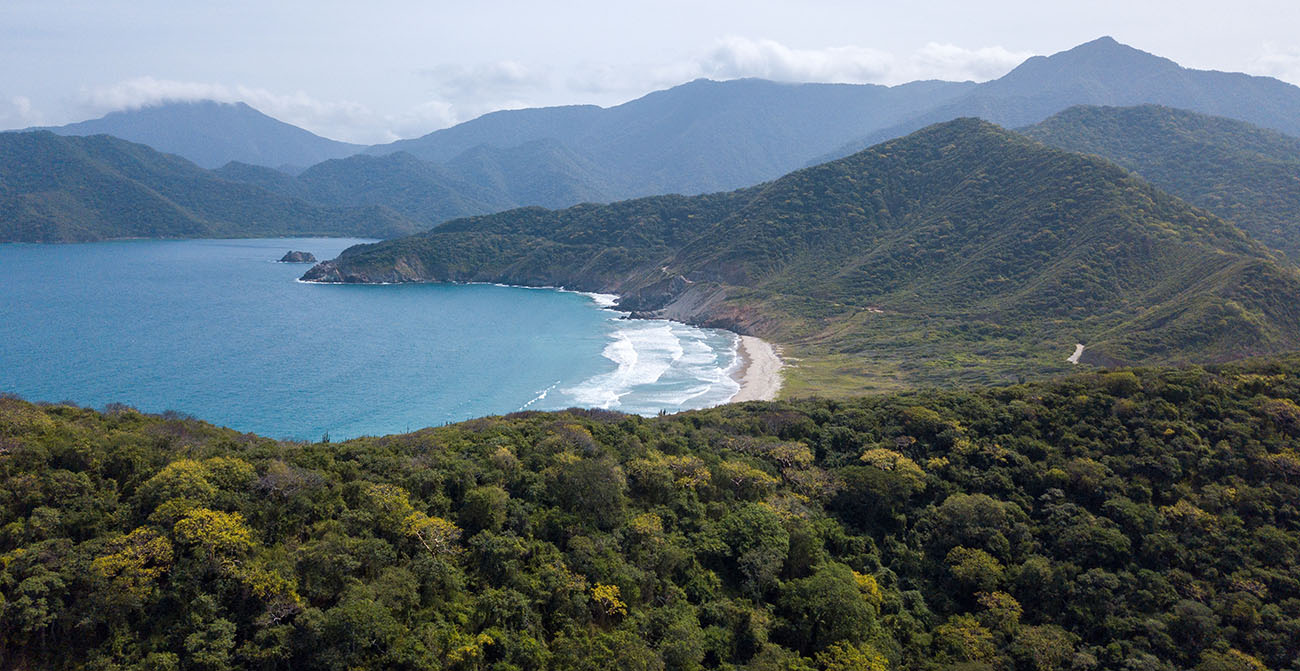
La Guajira
Photo by Ricardo Arce on Unsplash
La Guajira is a department of Colombia, located in the north of the country, it has 15 municipalities and its capital is the city of Riohacha.
The climate of the department has temperatures ranging between 19° and 28° Celsius degrees. Its economy is based on agriculture, aquaculture, and mining. Of the latter, coal mining is carried out in the Cerrejón mine.
Discover the cultural magic of La Guajira
This territory gives tourists the unique opportunity to get to know the reality, habits, and customs of the native Wayúu people, as they share their traditions, listen to their language (Wayuunaiki) and perceive the social distribution of the ethnic group.
Don’t miss the friche (a typical goat-based dish), a toast with chirrinchi (a distilled panela-based liqueur), and the Yonna dance, as well as the practice of weaving. Learning the latter marks the transition between childhood and adulthood for women.

Stock images
Wayúu weaving, beyond the aesthetic, is the ethnic cosmovision of this group inspired by the mythology of a spider woman who weaves life, for the sustenance of their group and the reason for being themselves, which endures from generation to generation:
In one version of the myth… Wale’kerü, a young woman fell in love with a Wayúu man, who took her to his family and her mother told her: “take this material so that you can weave some sashes”. Wale’kerü ate all the cotton and from her mouth came out the twisted and prepared thread, with which she wove all night and at dawn, she already had a sash made… Wale’kerü saw that the Wayúu could not define the shapes and patterns of their weavings (Kannas), so she began to make a little path with each pattern and thus, the people learned… especially the young women who were isolated by their first menarche to learn about their function as daughter, sister, wife and mother in the Wayúu social world.
The Rioacha Carnival
For tourists looking for cultural activities, Riohacha Carnival offers an opportunity to discover the Embarradores tradition, which was introduced to France by José Laborde in 1867. A group of people who were part of the celebration of the storming of the Bastille on the banks of the Seine River, dressed in muddy clothes, in honor of the working class of that country, stood on the banks of the Seine River in honor of the storming of the Bastille. Laborde, a sailor with his own boat, organized his crew to form the first ‘muddy’ squadron in the Guajira capital.

Monument in honor of the Embarradores.El Pilon.com
Today it is known as the embarradores, who on Carnival Sunday go out muddy from the Salá Lagoon to embrace and smear mud on whoever they find on their way. In addition to the parade of these muddy participants, tourists can enjoy cultural presentations, races with wooden dolls, and gastronomic samples. This annual celebration starts four days before Ash Wednesday, usually in February and sometimes in early March.
From March to January the visitor can experience the festival through the four-meter high sculpture that represents the embrace of two embarradores, a creation of the riohachero artist Javier Julio Mendoza, made of fiberglass and reinforced concrete. It is located on Circunvalar Avenue, the starting point for those who year after year dive into the pond and bring the comparsa to life.
Fun historical facts
- Around 1499, the conquistador Alonso de Ojeda traveled along the coast of La Guajira and arrived at Cabo de la Vela with the geographer and cosmographer Juan de la Cosa.
- In 1965, La Guajira was created as a department, which meant separating it from Magdalena, to which it had been linked for nearly 80 years.
Do you want to make the most of your trip to enjoy nature?

Photo by Summer Li
For nature lovers, some places to visit are Cabo de la Vela, La Macuira National Natural Park, and Punta Gallinas, and the Santuario de Los Flamingos.
Among the activities you can do are hiking, and recognition and observation in the Flamingo Flora and Fauna Sanctuary, where it is possible to see how hundreds of beautiful long-legged birds stick their beaks into the estuary of the river estuary in search of the artemia, which gives them their pink color to the scientifically called Phoenicopterus Ruber Tuber, also known as flamingos.
This sanctuary is also home to species such as ocelots, and deer, among others. Flora is mostly dry forests and plants of the subxerophytic ecosystem, which are plants adapted to the outdoors and high temperatures.
Learn more about La Guajira and the Colombian Caribbean tourist corridor.



